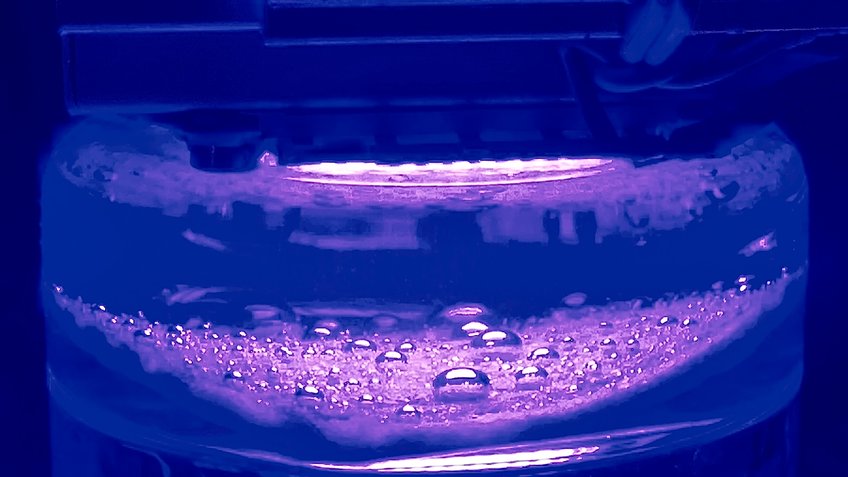
SunThesis: Advanced materials for solar-driven fuel synthesis
Early civilizations like those of ancient Egypt viewed the sun as the ultimate giver of life. This statement still holds true today as it is at the center of our crusade toward a more sustainable society. The resurgence of photocatalysis this century pioneered solar energy utilization to help ease the ever-rising energy demands and simultaneously mitigate global warming. Mimicking the process of photosynthesis has been a gamechanger as an alternative energy resource. This led to intensive efforts to create promising experimental systems that use artificial photosynthesis in generating industrially-relevant fuels. Thus, my research aims to develop high-performance and sustainable photocatalysts for water splitting, CO2 reduction, H2O2 evolution, N2 fixation and chemical H2 storage.
The central focus of our group is first, the exploration of innovative strategies and identify effective schemes (defect and crystal engineering, spatial charge separation, heteroatom doping, cocatalyst engineering, Z-scheme formation, etc.) in developing carbon nitride-based photocatalyst systems. We aim to access carbon nitride systems that can achieve higher quantum efficiencies by surveying the interface between synthetic chemistry, photocatalysis, and electrocatalysis. By transferring the knowledge gained from electrocatalysis to photocatalysis, the rational design of highly efficient photocatalyst systems can be realized. Examining the intrinsic electrocatalytic activities of photocatalysts under the same operating conditions can provide crucial information on the surface reaction kinetics and stability of the active sites. Secondly, we put a special emphasis on gaining fundamental mechanistic understanding involved in the above applications by integrating (in-situ/ex-situ) catalyst characterizations with computational modelling. Lastly, by employing the experimental data collected in the succeeding photo- and/or electrocatalytic measurements along with computational information, we are planning to apply machine learning to accelerate the design of high-performance photo- and electrocatalysts based on carbon nitrides.